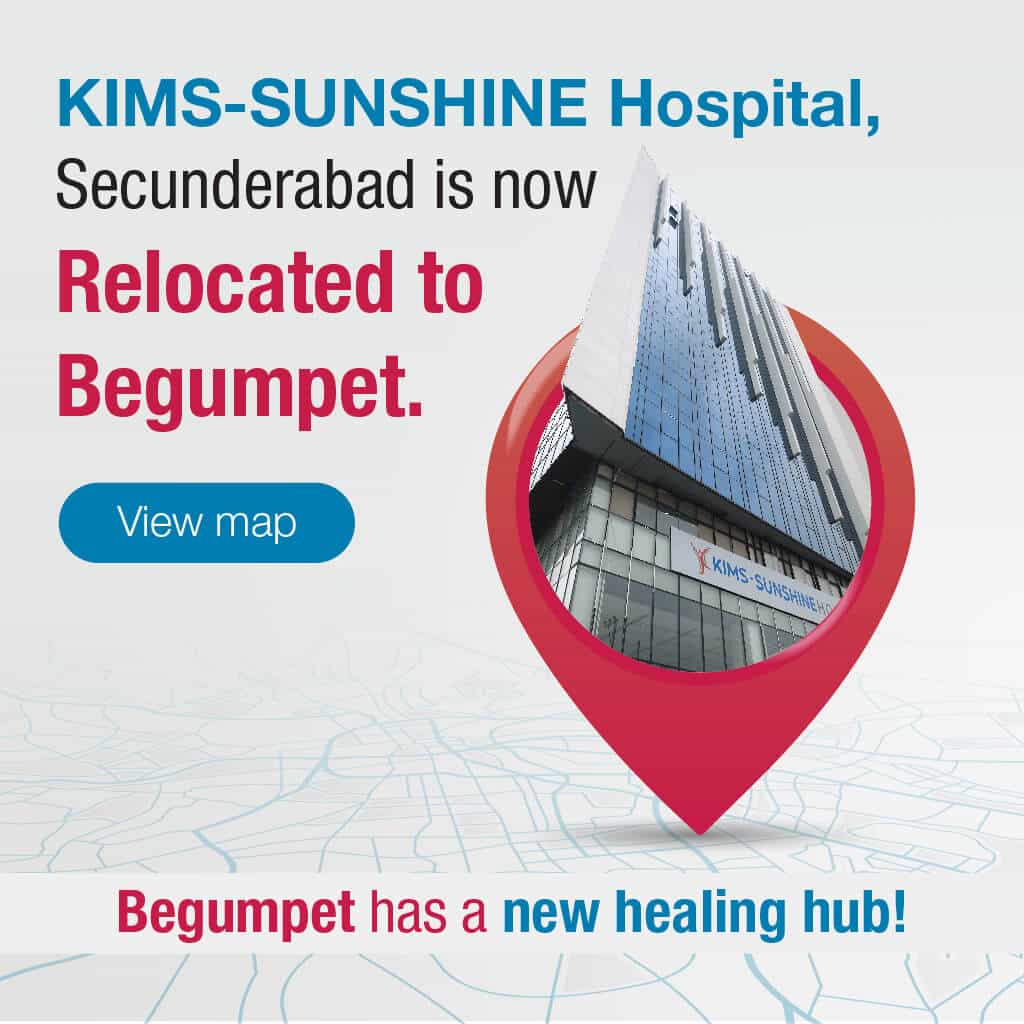Stomach Cancer
Explore detailed information on a wide range of diseases and conditions. Use our search bar to find expert insights, treatment options, and patient resources tailored to your needs.
Book an AppointmentDiagnosis
Diagnosing stomach cancer involves a systematic approach by medical professionals, combining various diagnostic tests and procedures to confirm the presence of cancer, determine its extent, and plan appropriate treatment. Here’s an overview of how stomach cancer is typically diagnosed:
1. Medical History and Physical Examination: Medical professionals begin by taking a detailed medical history, including symptoms the patient may be experiencing, risk factors such as family history of cancer, dietary habits, and previous medical conditions. A thorough physical examination may reveal signs such as abdominal tenderness, palpable masses, or enlarged lymph nodes.
2. Endoscopy and Biopsy: Endoscopy is a key diagnostic procedure used to visualise the inside of the stomach. During an upper endoscopy (esophagogastroduodenoscopy or EGD), a flexible tube with a light and camera (endoscope) is inserted through the mouth into the stomach. This allows doctors to examine the lining of the stomach, take tissue samples (biopsies) of suspicious areas, and perform other procedures if necessary.
3. Imaging Studies: Imaging techniques such as computed tomography (CT) scans, magnetic resonance imaging (MRI), and positron emission tomography (PET) scans may be used to assess the extent of the cancer, identify metastasis (spread) to other organs or lymph nodes, and guide treatment planning.
4. Endoscopic Ultrasound (EUS): Endoscopic ultrasound combines endoscopy with ultrasound imaging to obtain detailed images of the layers of the stomach wall and nearby structures. EUS helps assess the depth of tumour invasion into the stomach wall and provides guidance for biopsies or staging procedures.
5. Blood Tests and Tumour Markers: Blood tests, including complete blood count (CBC), liver function tests (LFTs), and tumour markers such as carcinoembryonic antigen (CEA) and carbohydrate antigen 19-9 (CA 19-9), may be performed to evaluate overall health, assess liver function, and monitor response to treatment. Elevated levels of certain tumour markers may indicate the presence of stomach cancer.
6. Staging and Multidisciplinary Consultation: Once stomach cancer is diagnosed, medical professionals use staging systems such as the TNM (Tumour, Node, Metastasis) classification to determine the extent of the cancer and plan appropriate treatment. This process often involves consultation with a multidisciplinary team of specialists, including gastroenterologists, oncologists, surgeons, radiologists, pathologists, and nutritionists, to develop a comprehensive treatment plan tailored to the patient’s individual needs.
Early and accurate diagnosis of stomach cancer is essential for improving treatment outcomes and quality of life.
Treatment
Treating stomach cancer involves a multifaceted approach aimed at eliminating cancerous cells, managing symptoms, and improving overall quality of life for patients. The treatment plan is tailored based on factors such as the stage of the cancer, the patient’s overall health, and the specific characteristics of the tumour. Here’s an overview of how stomach cancer treatment works:
1. Surgical Treatment: Surgery is often the primary treatment for localised stomach cancer (early stages). The goal of surgery is to remove the tumour along with a margin of healthy tissue surrounding it. Procedures may include partial gastrectomy (removal of a portion of the stomach) or total gastrectomy (removal of the entire stomach). Lymph nodes in the surrounding area may also be removed to check for cancer spread.
2. Chemotherapy: Chemotherapy uses drugs to kill cancer cells or stop their growth. It may be administered before surgery (neoadjuvant chemotherapy) to shrink tumours, making them easier to remove surgically. Chemotherapy can also be used after surgery (adjuvant chemotherapy) to destroy any remaining cancer cells and reduce the risk of recurrence. For advanced stomach cancer, chemotherapy may be used as the primary treatment to slow cancer growth and relieve symptoms.
3. Radiation Therapy: Radiation therapy uses high-energy beams to target and destroy cancer cells. It may be used alone or in combination with surgery and/or chemotherapy. External beam radiation therapy (EBRT) and brachytherapy (internal radiation) are techniques used to deliver radiation to the stomach area, particularly for localised tumours or to alleviate symptoms such as pain and bleeding.
4. Targeted Therapy: Targeted therapy drugs specifically target certain molecules or pathways involved in cancer growth and progression. Drugs such as trastuzumab and ramucirumab may be used to treat stomach cancers that overexpress specific proteins, such as HER2 or VEGFR2. These therapies are often used in combination with chemotherapy or as second-line treatments for advanced or recurrent stomach cancer.
5. Immunotherapy: Immunotherapy drugs enhance the body’s immune response against cancer cells. Checkpoint inhibitors such as pembrolizumab and nivolumab are being studied in clinical trials for stomach cancer treatment, particularly for tumours with specific biomarkers or in advanced stages where other treatments have not been effective.
6. Palliative Care: Palliative care focuses on improving the quality of life for patients with advanced stomach cancer or those experiencing significant symptoms. It includes pain management, nutritional support, psychological support, and assistance with symptom control to enhance comfort and well-being.
7. Multidisciplinary Approach: Stomach cancer treatment often involves a multidisciplinary team of specialists, including surgical oncologists, medical oncologists, radiation oncologists, gastroenterologists, pathologists, nutritionists, and supportive care providers. This collaborative approach ensures that patients receive comprehensive, personalised care tailored to their specific needs and circumstances.
Quick Contact





